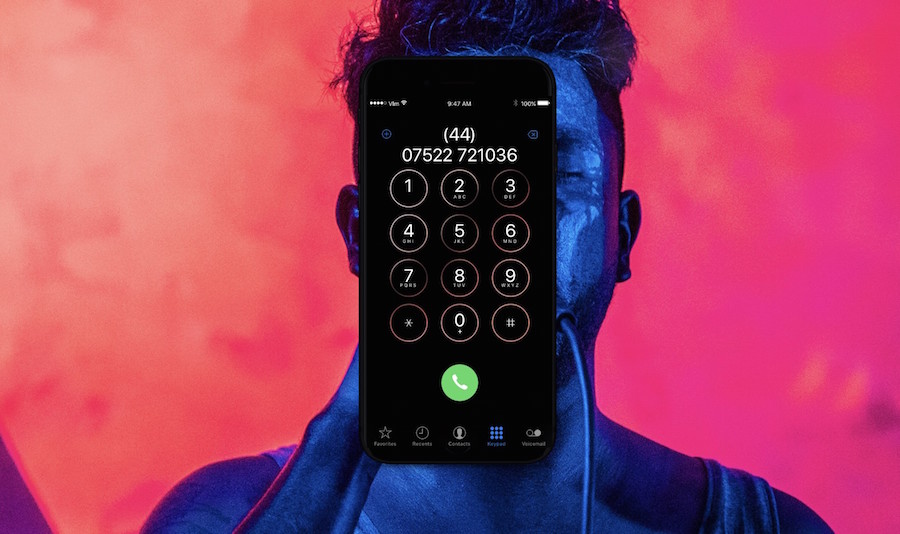Apple may have done a decent job of keeping WWDC and iOS 11 rumors to a minimum, but it’s having a much tougher time keeping iPhone 8 leaks at bay. In fact, it seems as if we can’t even go a full 2-3 days without stumbling across a brand new iPhone 8 leak. Just this past weekend, a Foxconn insider divulged a boatload of information about upcoming Apple products, including the highly anticipated iPhone 8. In case you missed it, the leak revealed that the iPhone 8 will come with wireless charging, 3GB of RAM, fast-charging functionality, and last but not least, a Touch ID sensor on the front side of the device. Not too worry, those leaked schematics which showcase an iPhone design with a Touch ID sensor on the back will not be hitting store shelves this Fall.
The latest iPhone 8 leak centers on a new dummy model of the device that recently surfaced at Computex 2017 in Tapei. The leak seemingly corroborates a number of previous reports involving the iPhone 8, namely that the majority of the front-facing display will consist of one giant piece of glass. The only area that won’t be composed of a display will feature the earpiece and a number of front-facing cameras designed for facial recognition purposes. And while we’ve seen mockups before, the dummy images below give us an even crisper look at what the final iPhone 8 design is going to look like.
According to Engadget, the dummy models pictured below are based off of information a case maker “independently obtained” about the final iPhone 8 design.
It’s worth noting that the design above mirrors what the aforementioned Foxconn leaker claims the iPhone 8 will look like. Although nothing is ever guaranteed until Tim Cook trots out on stage and announces a new product, it appears that the iPhone 8 is largely shaping up to be the radical redesign of the iPhone form factor we’ve all been patiently waiting for.
Aside from a brand new form factor and the features mentioned above, the iPhone 8 will reportedly also feature improved water resistance, improved battery life, and support for advanced augmented reality functionality.








